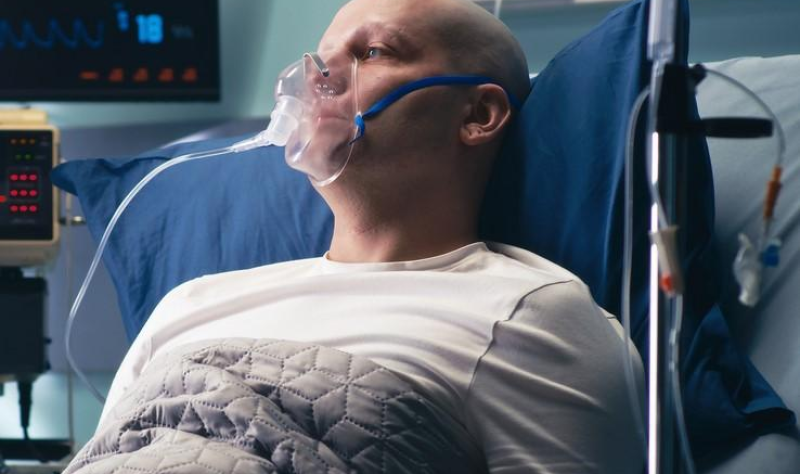Top COVID-19 Symptoms Have Evolved With Omicron


For almost three years, the world has seen the coronavirus behind the COVID-19 pandemic evolve into many variants, while vaccination and prior infection have altered our experiences with the disease.
Over time the top COVID-19 symptoms have changed as well.
As of October 20, the UK-based Zoe Health Study (formerly the COVID Symptom Study) identified the most common current COVID-19 symptoms on the basis of information from more than four million people who use a special app to report signs of infection.
According to the most recent analysis, symptoms of infection with the prevailing omicron variant are often flu-like and vary depending vaccination status and how many vaccine doses you’ve had.
Some coronavirus symptoms that were predominant with earlier variants, such as delta, now rank way down on the list. These now less-common symptoms include loss of smell (among other sensory changes caused by COVID-19, such as those that cause a metallic taste in the mouth), shortness of breath, and fever.
According to the study, people who are vaccinated report fewer symptoms over a shorter period of time, suggesting they are not falling as seriously ill and are getting better more quickly.
The investigation, by researchers from King’s College London, Massachusetts General Hospital and Harvard University in Boston, and Stanford University in California, broke down the top symptoms for people who are vaccinated with one or two doses (without factoring in the effect of boosters) and those who are unvaccinated.
Top COVID-19 Symptoms Among Those Who’ve Had Two Vaccine Doses
- Sore throat
- Runny nose
- Blocked nose
- Persistent cough
- Headache
The researchers added that people who had been vaccinated and then tested positive for COVID-19 were more likely to report sneezing. “If you’ve been vaccinated and start sneezing a lot without an explanation, you should get a COVID test, especially if you are living or working around people who are at greater risk from the disease,” wrote the Zoe editorial staff.
Top COVID-19 Symptoms Among Those Who Have Had 1 Vaccine Dose
- Headache
- Runny nose
- Sore throat
- Sneezing
- Persistent cough
The Zoe editors pointed out that persistent cough was one of the original indicators of COVID-19 but still ranks lower than sneezing and a runny nose, which were previously thought to be unrelated to infection.
Top COVID-19 Symptoms Among the Unvaccinated
- Headache
- Sore Throat
- Runny Nose
- Fever
- Persistent cough
The study placed loss of smell at number 9 among the unvaccinated, but shortness of breath dropped far down the list to number 30.
Why Have the Top COVID-19 Symptoms Changed?
“It is not entirely clear why this shift in symptoms is occurring, but the Zoe data are consistent with what many of us clinicians are seeing in our patients with COVID-19 infection over the past few months,” says Dean Winslow, MD, an infectious-disease specialist and a professor of medicine at Stanford.
Dr. Winslow explains that the reason for symptom changes is probably “multifactorial,” and includes the virus’s ability to evolve in order to maximize transmission and higher levels of immunity in the population due to vaccination and prior infection.
You May Think You Have a Cold or the Flu, Not COVID-19
Winslow warns that because omicron symptoms tend to mimic those of cold or flu, people may not suspect they have COVID-19. “Even mild, common, cold-like symptoms could be due to COVID-19, so people should be tested for the virus if they experience even mild respiratory symptoms,” he says — even if they are vaccinated.
Winslow stresses that the pandemic is not over, and that to avoid infection people should consider avoiding crowded indoor environments and wearing masks in such situations.
He adds that these measures also provide protection against other germs, such as those that cause the flu and respiratory syncytial virus (RSV), which are currently actively spreading.
“Also, get the new bivalent COVID-19 booster this fall,” says Winslow. “While it may not provide complete protection from infection against some of the newer omicron subvariants, it will help protect against serious illness, hospitalization, and death.”



